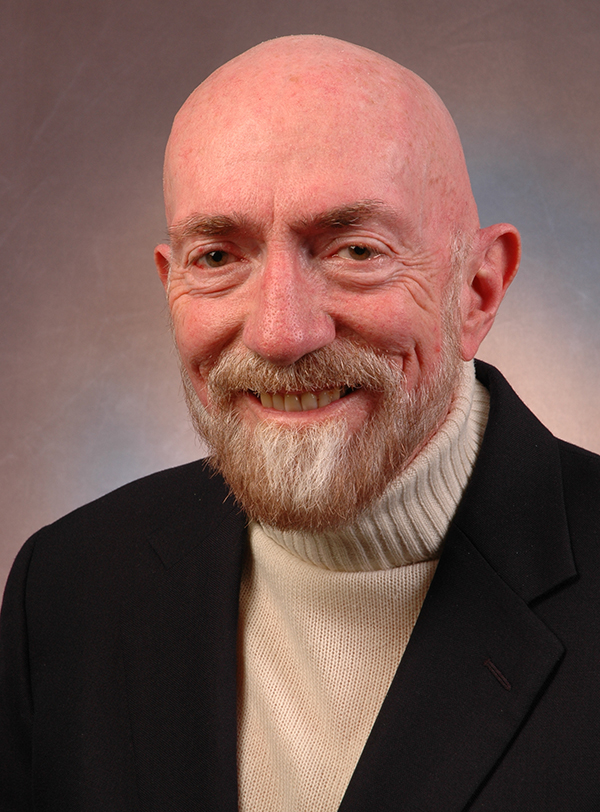Kip Thorne to speak on gravitational waves April 6
By Linda B. Glaser

The first direct detection of gravitational waves – as predicted 100 years by Albert Einstein’s general theory of relativity – was big news, and Kip Thorne was in the thick of it. Thorne is a co-founder of LIGO (Laser Interferometer Gravitational Wave Observatory), which made the detection. Most recently, he was executive producer and scientific adviser on the movie “Interstellar” and author of “The Science of Interstellar.”
Thorne will give a talk, “From the Big Bang to Black Holes, Gravitational Waves and Interstellar,” April 6 at 5 p.m. in Rockefeller Hall’s Schwartz Auditorium. The talk is free, and the public is welcome.
Gravitational waves are ripples in spacetime that propagate outward from their source, much like ripples in a pond, and carry information about what produced them. As Thorne explains it, when two black holes orbit each other, the smaller one “very gradually spiraling inward, explores the big hole’s warped spacetime … it samples regions of faster space-whirl and stronger pull, and so precesses faster and orbits faster. This gradually changing orbital motion and precession produce waves carrying an encoded map of the large hole’s warped spacetime.”
The existence of gravitational waves was first demonstrated indirectly in the 1970s and ’80s by Joseph Taylor and colleagues using pulsar observations. LIGO’s discovery, made by measuring the tiny disturbances the waves make to space and time as they pass through an extremely sensitive detector, is the first direct observation of gravitational waves themselves.
Cornell is involved in this research via the Simulation of eXtreme Spacetimes (SXS) collaboration, co-founded by Thorne and Cornell’s Hans A. Bethe Professor of Physics and Astrophysics Saul Teukolsky, which has been developing supercomputer simulations of black-hole collisions, a key part of the process of understanding the behavior of spacetime under such extreme conditions.
“With this discovery, we humans are embarking on a marvelous new quest: to explore the warped side of the universe – objects and phenomena that are made from warped spacetime. Colliding black holes and gravitational waves are our first beautiful examples,” says Thorne.
Thorne is the Feynman Professor of Theoretical Physics Emeritus at the California Institute of Technology, and his research has focused on Einstein’s general theory of relativity and on astrophysics, with an emphasis on relativistic stars, black holes and especially gravitational waves. He received his bachelor's degree from Caltech in 1962 and his doctorate from Princeton University in 1965. His honors include membership in the American Academy of Arts and Sciences, the National Academy of Sciences, the Russian Academy of Sciences, and the American Philosophical Society. He was named California Scientist of the Year in 2004. His books include those for nonscientists, such as “Black Holes and Time Warps: Einstein’s Outrageous Legacy,” and he is co-author of the widely used textbook “Gravitation.”
Thorne’s talk is sponsored by the Department of Astronomy.
Linda B. Glaser is a staff writer for the College of Arts and Sciences.
Media Contact
Get Cornell news delivered right to your inbox.
Subscribe